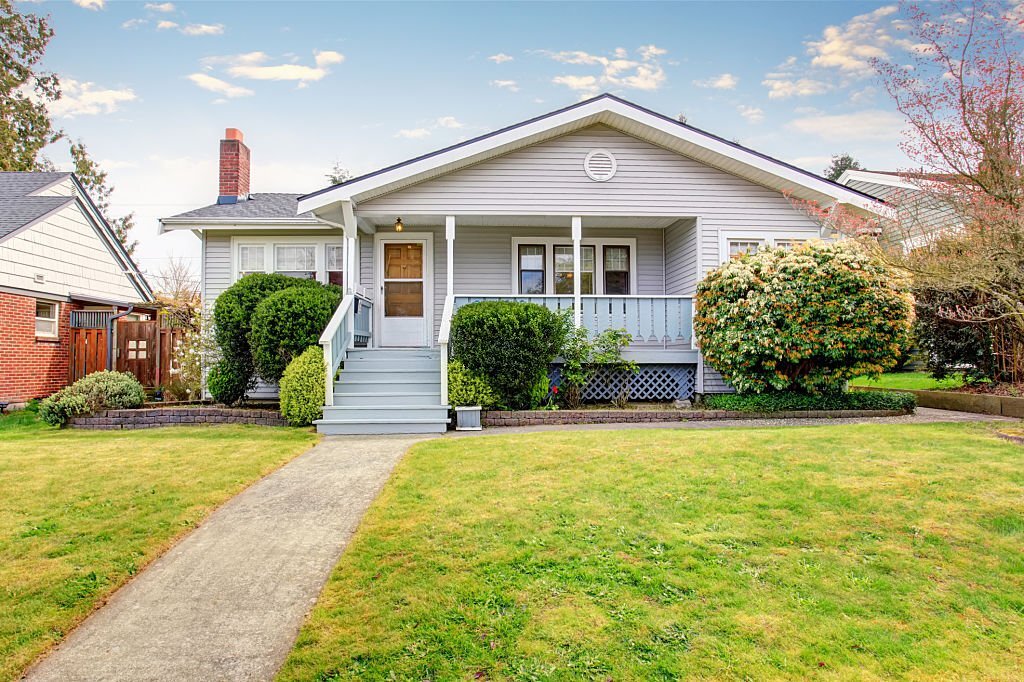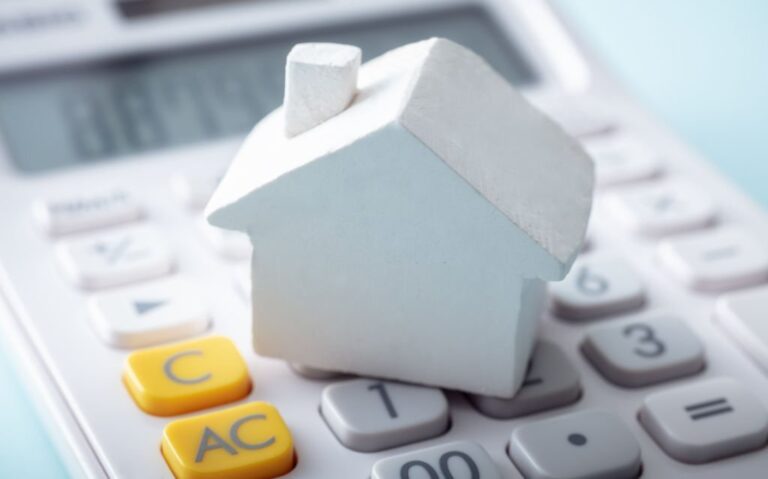Home valuation holds significant importance for homeowners, buyers, and investors alike. Understanding the different methods of home valuation is crucial for making informed decisions in the real estate market. By exploring these methods, individuals can gain insights into the worth of a property and negotiate fair prices.
Accurate Market Value Determination
The purpose of comprehending various home valuation methods is to determine the market value of a property accurately. Valuation helps homeowners assess whether they are overpaying or getting a good deal. For buyers, it is a starting point for negotiations, ensuring they pay a fair price based on the property’s estimated value. Investors can evaluate the potential profitability of a property and make informed decisions about investing in real estate projects.
Comparative Market Analysis (CMA)
One commonly used method is the Comparative Market Analysis (CMA), the direct comparison method. It involves evaluating a property by comparing it to similar properties recently sold in the same area. Location, size, condition, and amenities are considered to estimate the property’s market value.
Income Approach
The Income Approach is predominantly used for investment properties, focusing on their income-generating potential. It calculates the property’s value based on the net operating income (NOI) it can generate. The value is determined by applying a capitalization rate to the NOI, reflecting the investor’s expected return on investment.
Cost Approach
The Cost Approach estimates a property’s value by determining the cost of replacing it with a similar one. This method suits new or unique properties where comparable sales data might be limited. It considers the current cost of land, construction, depreciation, and improvements, although it may not accurately reflect market factors in established markets.
Residual Method
Developers often use the Residual Method to assess the value of land or properties with development potential. It calculates the value by deducting development costs, including construction expenses and desired profit margins, from the projected market value of the completed development. This method helps developers determine the feasibility and profitability of a project before investing in the land.
Automated Valuation Models (AVMs)
It is worth noting that automated valuation models (AVMs) utilize statistical modeling and real estate data to estimate property values. While AVMs provide quick estimates, they may not always consider unique property features or local market nuances.
Home Valuation Factors
Home valuation holds significant importance for homeowners, buyers, and investors alike. Understanding the different methods of home valuation is crucial for making informed decisions in the real estate market. By exploring these methods, individuals can gain insights into the worth of a property and negotiate fair prices.

Factors Affecting Home Valuation
Several factors influence the valuation of a property:
1. Location
The location of the property plays a significant role in its valuation. Properties in desirable areas tend to command higher prices due to factors such as proximity to amenities, schools, transportation, and overall desirability.
2. Size and Condition
The size and condition of a property also impact its value. More extensive and well-maintained properties generally have higher values compared to smaller or poorly maintained ones
3. Amenities
The presence of amenities can positively influence the value of a property. Features like swimming pools, updated kitchens, or other desirable amenities can increase the perceived value of a property.
4. Comparable Sales
Recent sale prices of comparable properties are taken into account to reflect current market conditions. Comparative Market Analysis (CMA) relies on analyzing the sales data of similar properties to estimate the market value of a property.
Comparative Market Analysis (CMA)Importance of CMA
The Comparative Market Analysis is significant in determining the market value of a property because it provides a realistic estimate based on actual sales data in the local market. For sellers, a CMA helps set an appropriate listing price that attracts potential buyers while maximizing returns. Buyers can benefit from a CMA by gaining insights into fair market values and making competitive offers. Real estate professionals rely on CMA reports to advise clients effectively and negotiate favorable deals.
Income ApproachExplanation of the Income Approach
The income approach is a real estate appraisal method that estimates the value of a property based on the income it generates. It is commonly used for income-producing properties and provides a framework for determining their market value. The approach involves calculating the net operating income (NOI) of the property and dividing it by the capitalization rate.
Application of the Income Approach to Investment Properties
The income approach is particularly suitable for investment properties such as rental apartments, office buildings, or retail spaces. These properties generate income through rent or lease payments, making their value closely tied to the income they produce. By analyzing the income potential and market conditions, investors can determine the value of an investment property using the income approach.
Calculation Process for Determining Property Value
The calculation process of the residual method involves several steps:
Step 1: Determine Land Cost
First, the cost of acquiring the land is determined. This cost can be obtained from reliable sources such as the Urban Redevelopment Authority (URA) website.
Step 2: Estimate Gross Development Value (GDV)
Next, the gross development value (GDV) is estimated, representing the proposed development’s projected market value once completed. The GDV is a critical component in the valuation equation.
Step 3: Calculate Residual Value
To determine the property value using the residual method, the land cost is deducted from the GDV, along with other expenditure components such as construction costs, financing expenses, and developer’s profit. The resulting amount represents the residual value, which reflects the potential profit that can be derived from the development project.
Role of the Residual Method in Assessing Feasibility and Profitability
The residual method plays a crucial role in assessing the feasibility and profitability of a development project:
AssessingFeasibility
By considering the costs associated with development and comparing them to the estimated value of the completed project, developers can evaluate whether the project is financially viable.
Assessing Profitability
The residual method helps determine the potential return on investment and guides decision-making regarding land acquisition and development strategies.
Introduction toAutomated Valuation Models
Automated Valuation Models (AVMs) are computer algorithms that provide property valuations using statistical modeling and real estate data.
Utilizationof Statistical Modeling and Real Estate Data
AVMs utilize statistical modeling techniques to analyze large volumes of real estate data and generate property valuations. They employ algorithms that consider various factors, such as property size, location, condition, and recent sales in the area.
Pros andCons of Using AVMs for Property Valuation
One advantage of using AVMs is their speed and efficiency. They can generate property valuations quickly, allowing for rapid decision-making in real estate transactions. AVMs are also cost-effective compared to traditional appraisal methods.
However, AVMs have limitations. They heavily rely on data availability and accuracy, varying by region and property type. AVMs may not account for unique property features or local market nuances that significantly impact property value. Additionally, AVMs may struggle to accurately assess properties with limited market comparables or those requiring specialized valuation knowledge.
Considerations for Unique Property Features and Local Market Nuances
When using AVMs, it’s essential to consider the limitations of the models and recognize the potential impact of unique property features and local market nuances. Properties with distinctive characteristics or properties located in areas with limited sales data may require additional human expertise and manual appraisal methods to ensure accurate valuations.
FAQ:
What are the 5 methods of valuation?
The five common methods of valuation are: Market Approach, Income Approach, Asset-Based Approach, Comparable Transactions Method, and the Cost Approach.
What are the 4 valuation methods?
The four common valuation methods are: Market Approach, Income Approach, Asset-Based Approach, and Comparable Transactions Method.
What are the 3 most used valuation methods?
The three most commonly used valuation methods are: Market Approach, Income Approach, and Asset-Based Approach.




